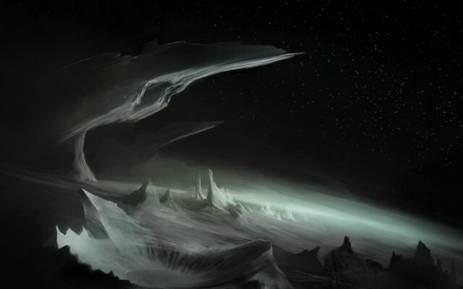Short Fiction Review #29: Realms of Fantasy June 2010
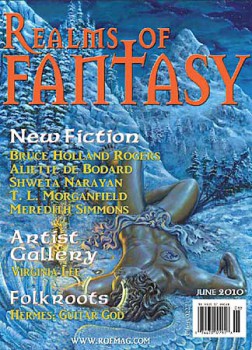 While rumors of its demise appear to be greatly exaggerated, I thought I should perhaps not wait too long to review Realms of Fantasy for this month. Just in case.
While rumors of its demise appear to be greatly exaggerated, I thought I should perhaps not wait too long to review Realms of Fantasy for this month. Just in case.
The proverbial “worth the price of the issue” story is “The Hearts of Men” by T.L. Morganfield, who seems to specialize in a subgenre of her own devising, Aztec mythology. I reviewed a previous story of hers, “The Place that Makes You Happiest,” that appeared in the final issue of Paradox, which postulates that colonizing Spain had not destroyed the Aztec culture and comes to predominate modern society in the Americas. This time around, Morganfield transposes Aztec notions of the role of the gods and blood sacrifice (which Joseph Campbell devotees will note shares common themes with the central conceit of Christianity) into the wild, wild West to ask the equally archetypical question of “Who are you, and why are you here?”
“You’re really him, aren’t you?” the boy asked, shuffling a bit closer.
“Who?” I asked
“Huitzilopochtli”
I considered a moment before answering. “Maybe.” I really didn’t know who I was; I wore six-shooters at my hips and my battered felt hat smelled of sweat and rot, but when I checked it for a name, I didn’t find one.”
p.43
Morganfield suggests that, unlike the Greek conception of inevitable and immutable destiny, things can sometimes change for the better, even for the gods, who sometimes are as clueless as the rest of us. You just have to have heart (a joke you won’t get unless you read the story, which I recommend).

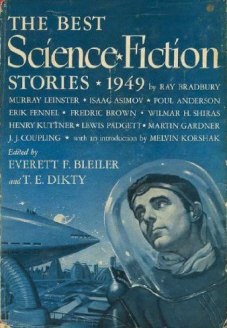
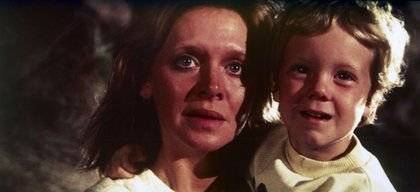 Back in May I told you all about
Back in May I told you all about 
 The Smoking Land
The Smoking Land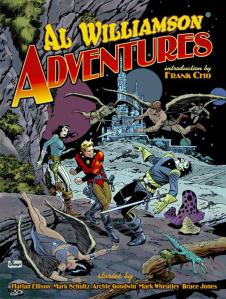 Al Williamson, one of the finest science fiction artists of all time, died yesterday in New York City.
Al Williamson, one of the finest science fiction artists of all time, died yesterday in New York City.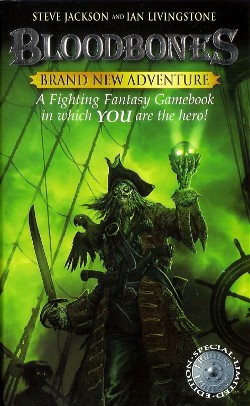 Bloodbones
Bloodbones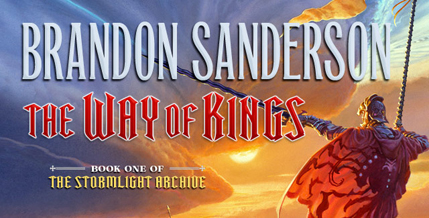 Tor.com has put the first
Tor.com has put the first 